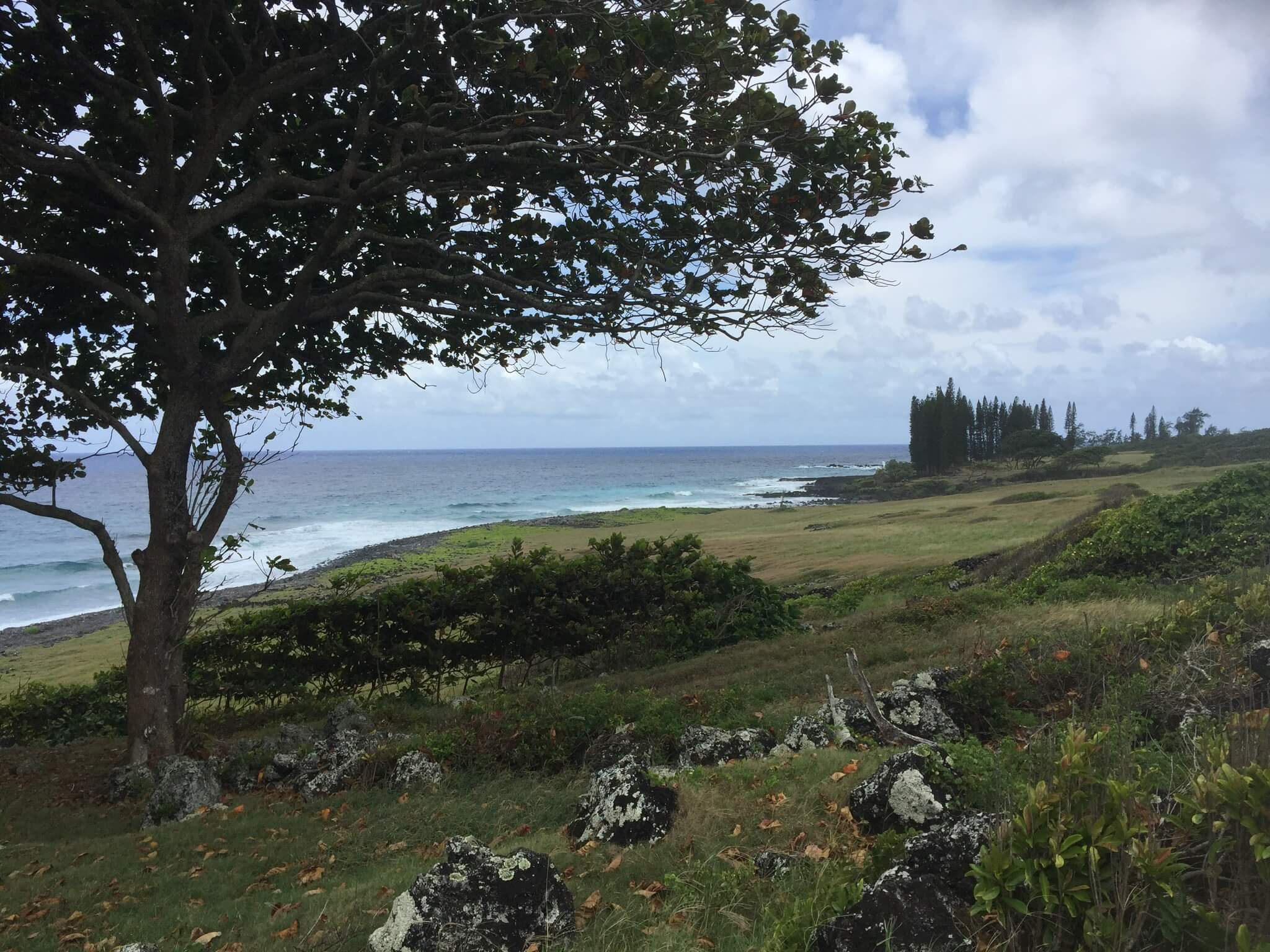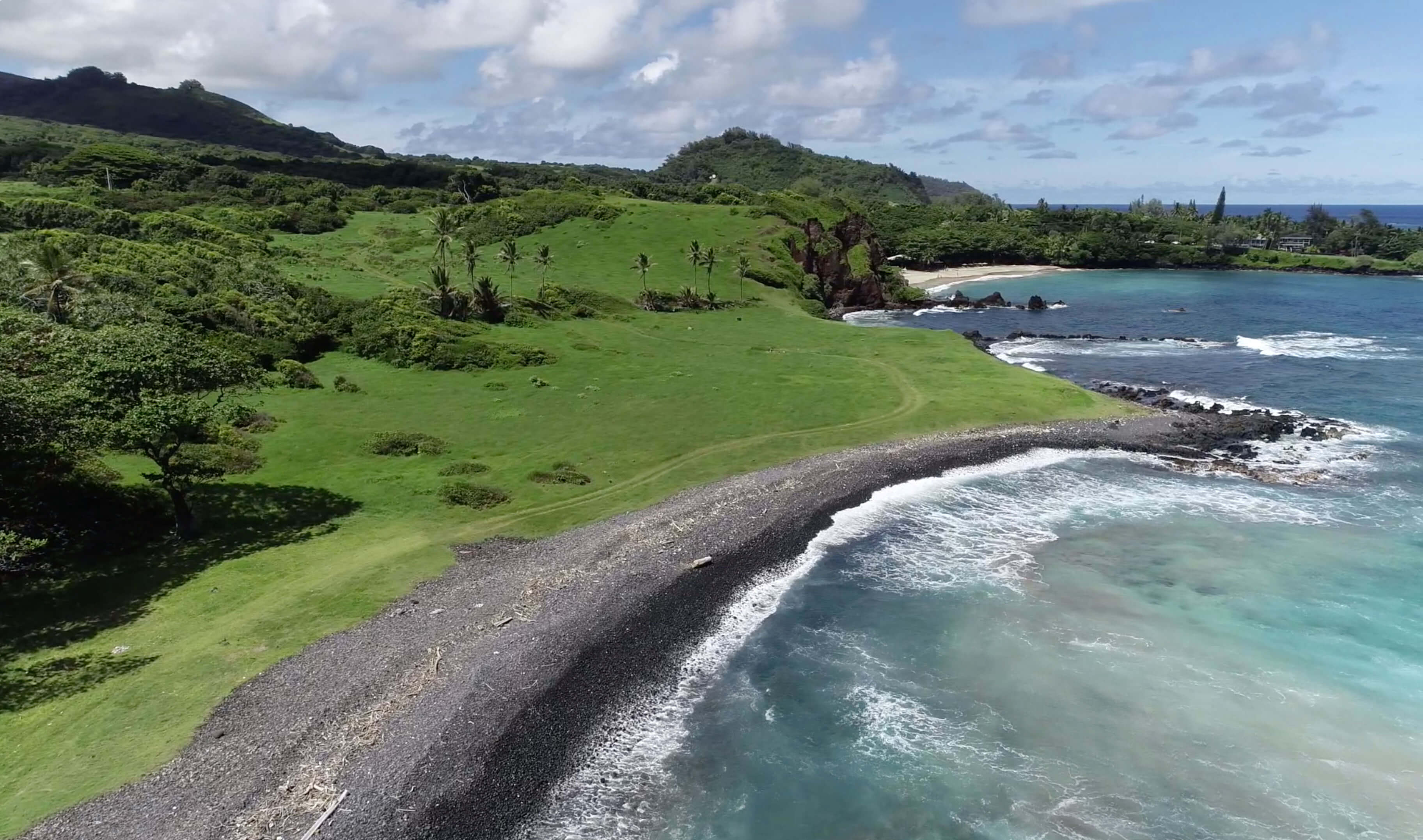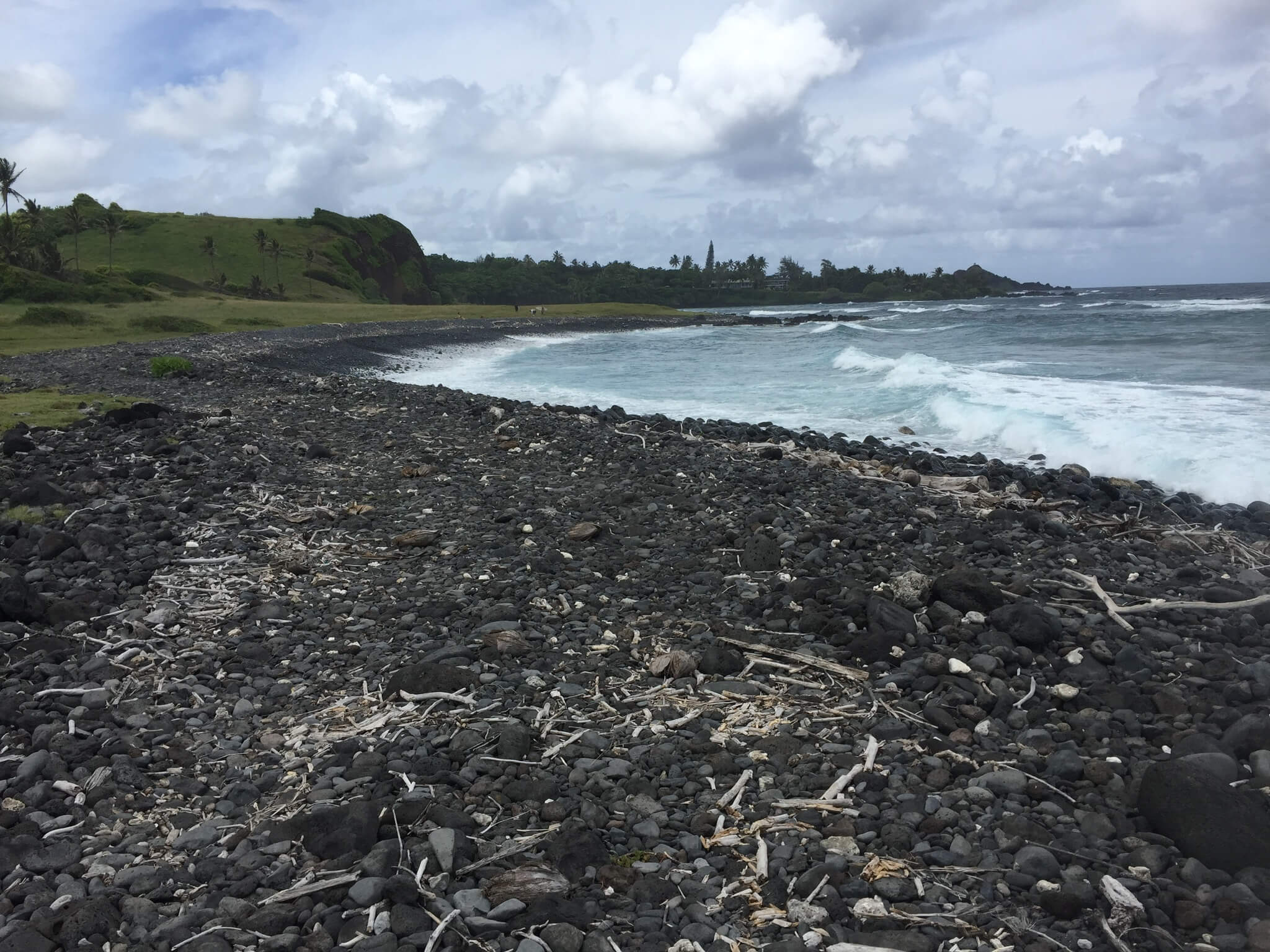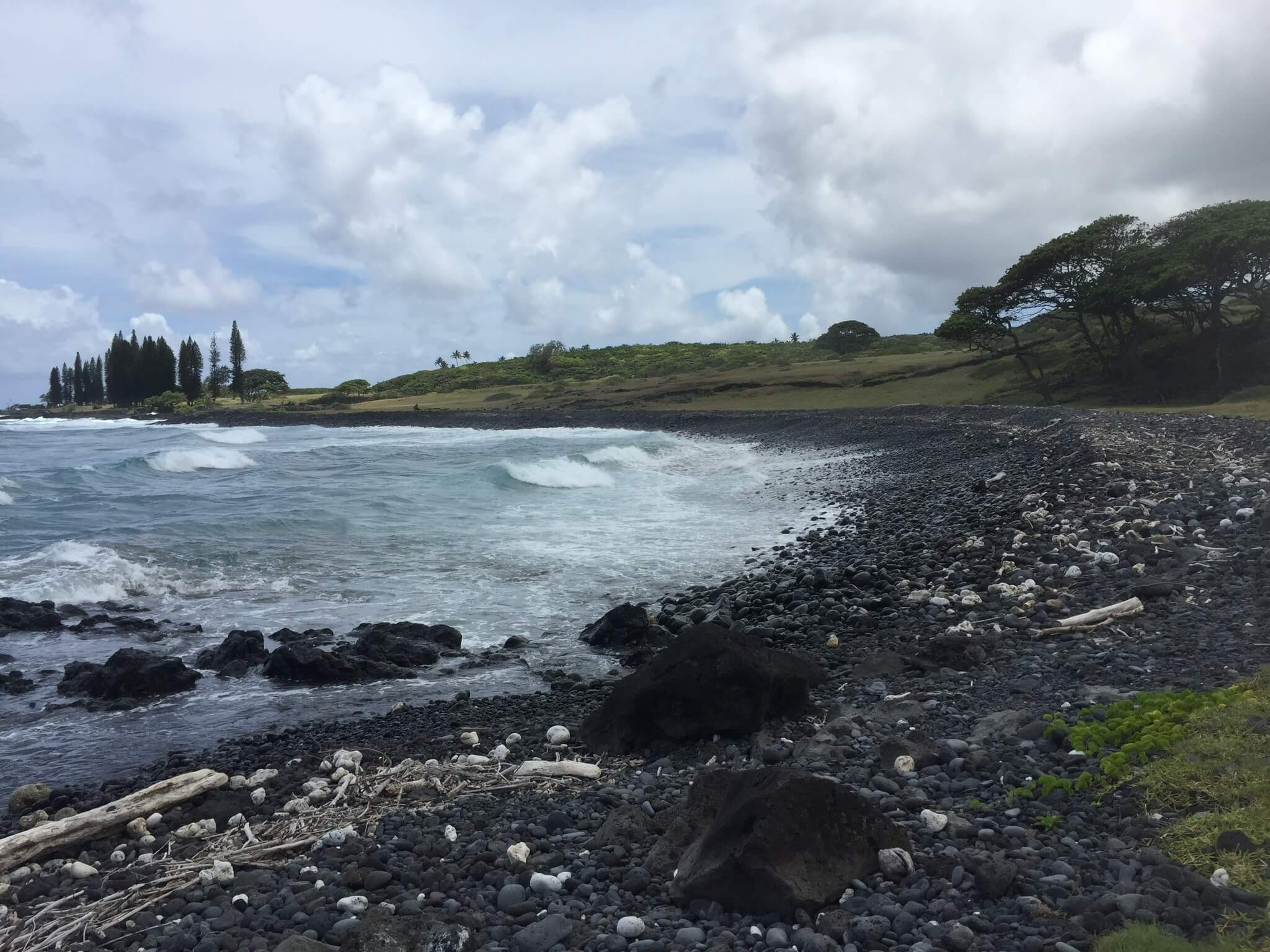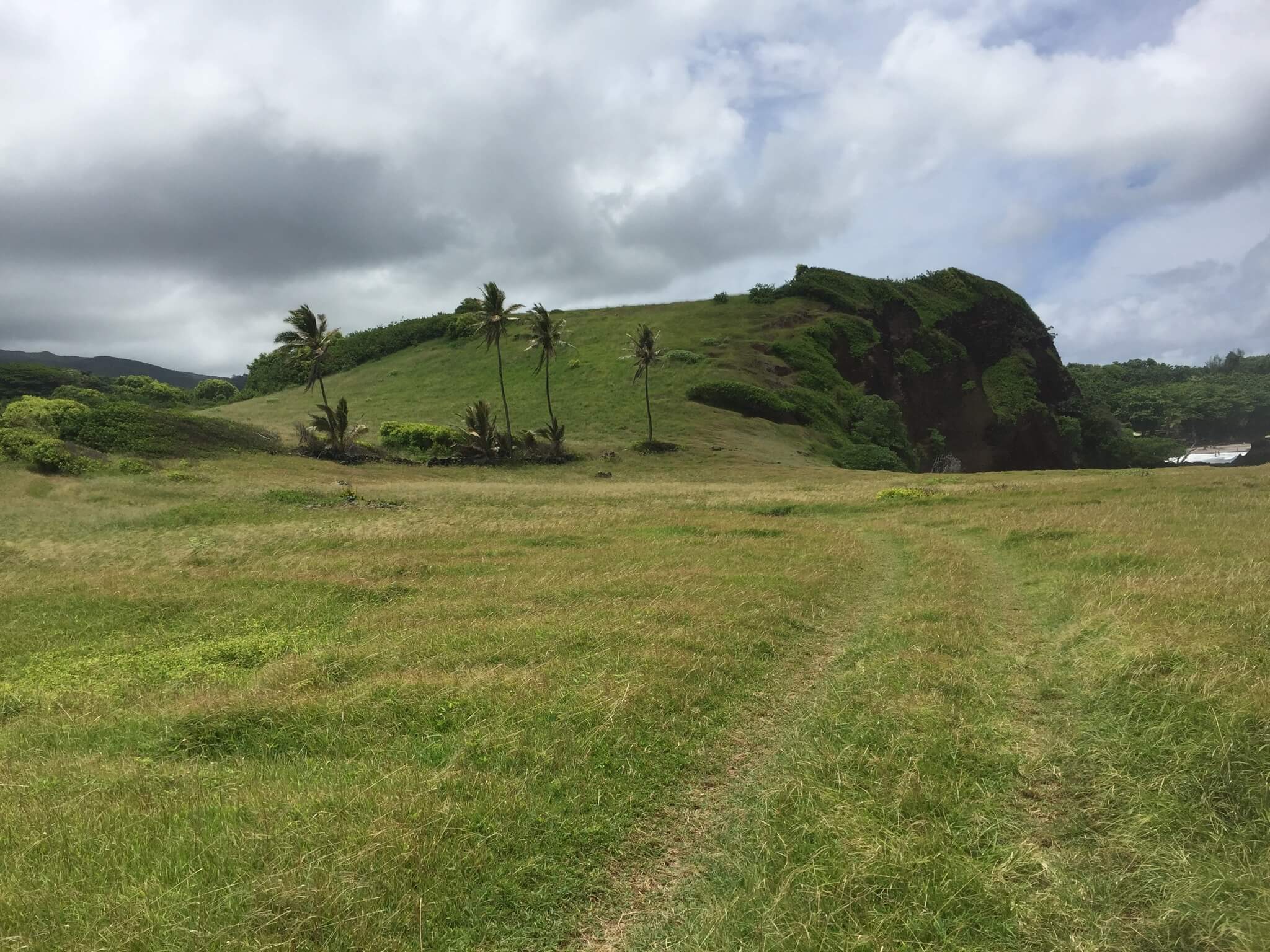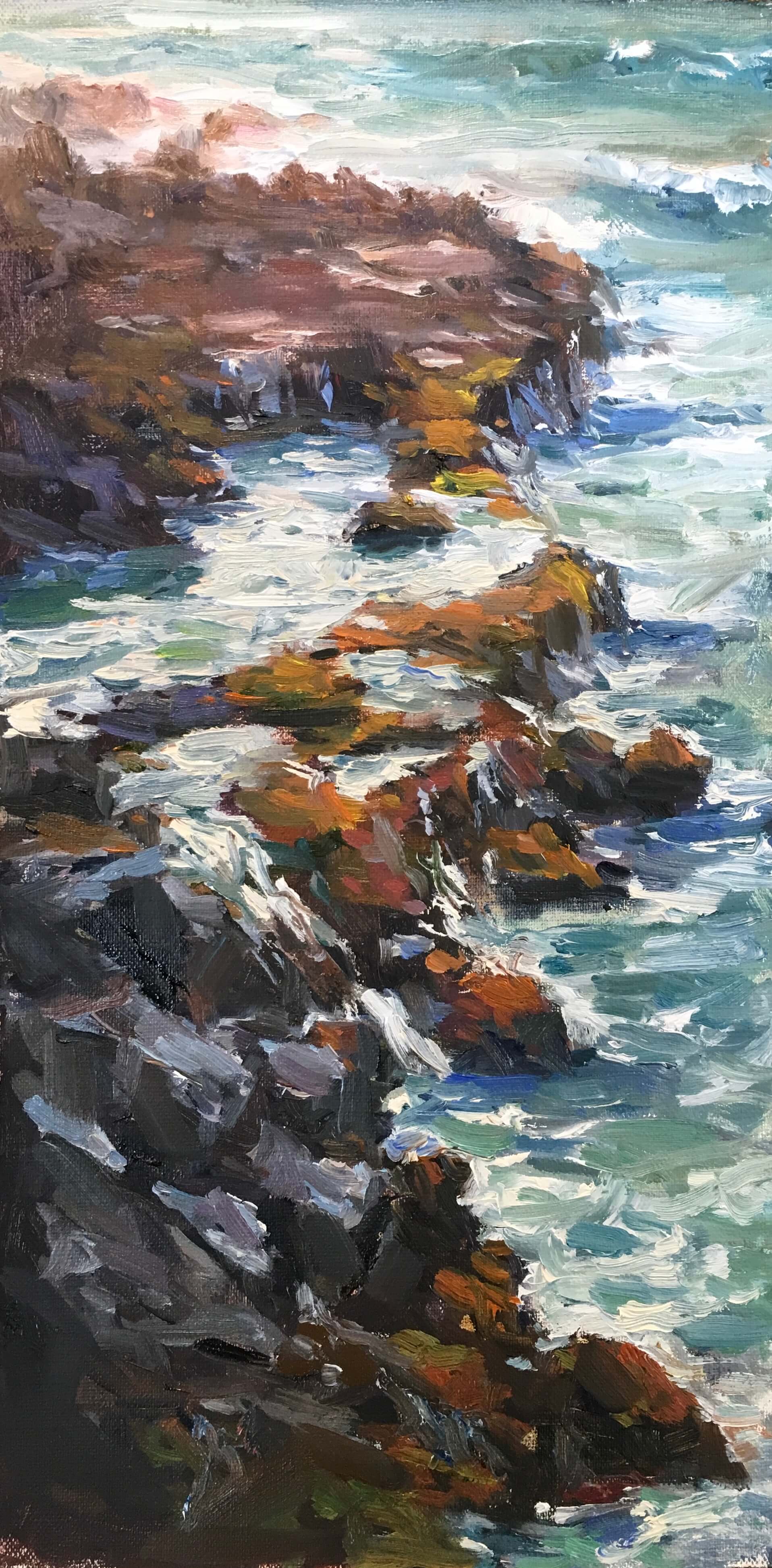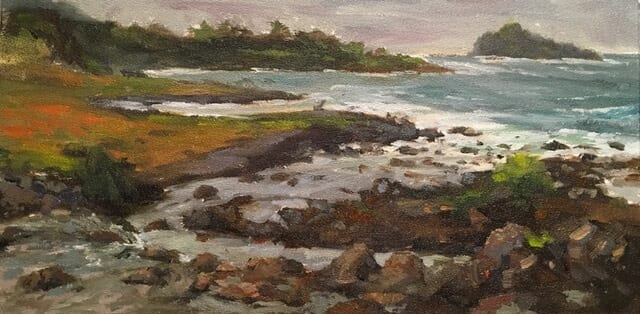Mokae Land returned to hĀna community
Mokae is the area of Hana land that was arguably under the greatest threat of development, being located next to renowned Hamoa Beach.
There is still a portion of Mokae land for sale by HRP. Ke Ao Hali'i continues to work diligently to secure funds to complete the protection of these precious lands.
access Policy
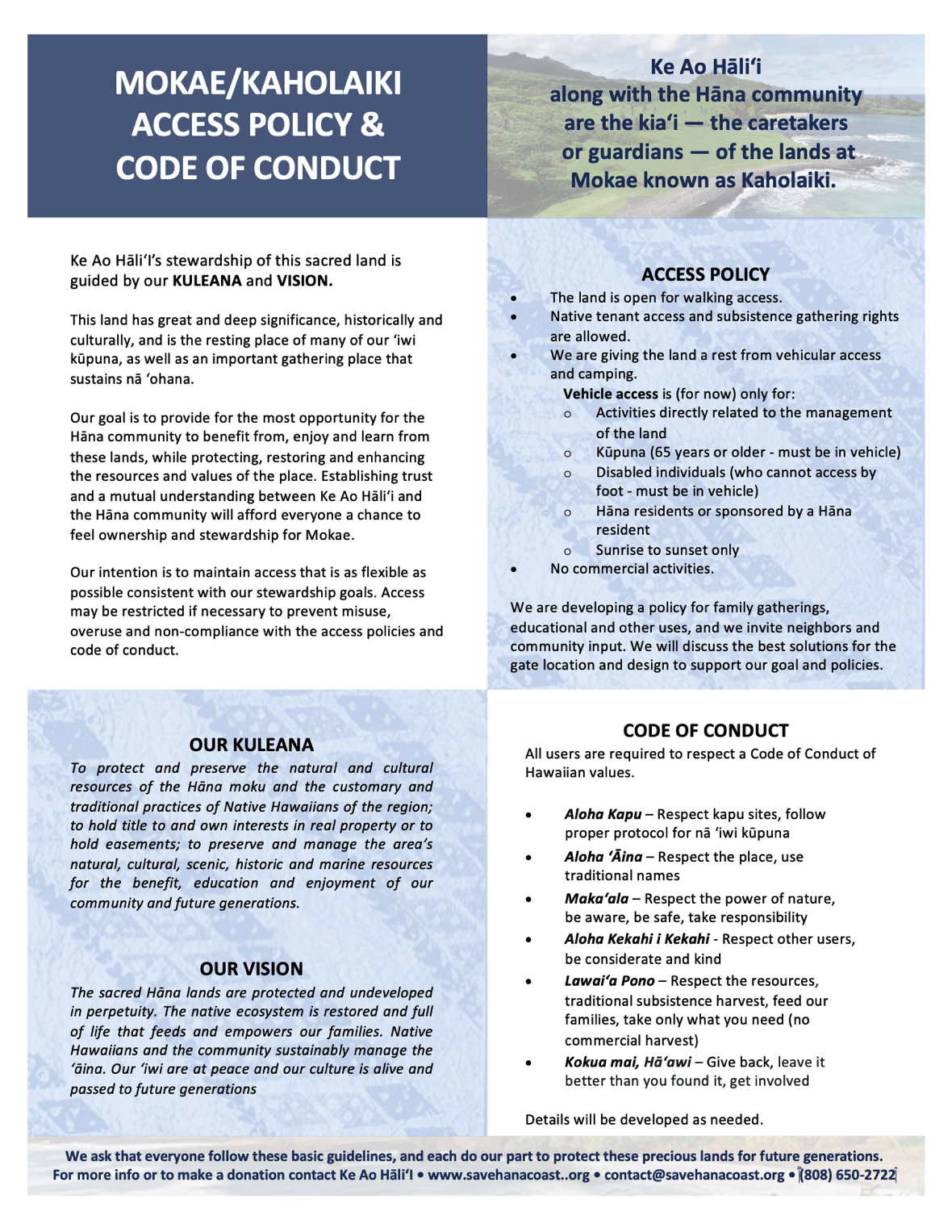
History & background
Mokae is, according to accounts, the land where the iwi kupuna (ancestral bones) were buried and the Hawaiian Culture celebrated.
Local legend also claims Pu’u Hele in Mokae as a place where the spirits of men, after death, were believed to plunge into Po (eternity). “There dwell our ancestors, spiritual parents; our aumakua.”
There have been a number of archaeological surveys with specific references to the project area. These include Walker (1931); Nakkim (1970); State Survey (1973); Cleghorn & Rogers (1987); Estioko-Griffin (1987); Kolb & Orr ( 1993); Sterling (1998); and Dockall, Lee-Greig, & Hammatt, (2005) and are the source of much of information discussed in this Section I.
Noteworthy Mokae areas: Cleghorn and Kolb identify three Heiaus in close proximity: Hale O Lono Heiau, Kaluanui Heiau & Pakiokio Heiau, all in various states of disrepair.
In addition, Donham (1991) reported the recovery of human remains in the vicinity of Mokae Cove. The location is referred to as the Kaholaiki Burial Site (SIHP 50-13-2385) and is just south of Mokae Cove and Pu‘u Hele (the hill at Mokae). Dr. Hunt also documents this area in a letter (2017) with photos. Dr. Fariss commented on the same area: "The reason this matters for this particular project is that if there is a site that includes the burials, then the burials are part of a larger site. This designation conveys the protections of a historic property on a much larger geographic scale, as opposed to just the immediate area where the burials are located". Many older maps also note burials or cemeteries on the Mokae and adjacent parcels.
The other area of significance on the Mokae land is identified in Cleghorn as rock shelter near the wooded area. This location needs further investigation but a number of rock enclosures, terraces and view planes to Hawai'i Islands are still evident today.
Inventoried survey fieldwork of the broader area resulted in the identification and documentation of an array of historic properties comprising multiple features related to Pre-Contact and historic temporary habitation and agriculture, as well as Pre-Contact ceremonial functions.
Mokae art
MĀlama mokae
DONATE NOW to help us manage these lands that have been purchased and placed into conservation

